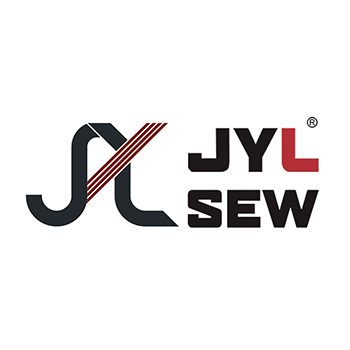Hat sewing machine is a machine specially used for sewing hats. It has the characteristics of high efficiency, high precision, good stability, and simple operation. It is widely used in modern industry. This article will introduce the definition, characteristics, advantages and application scenarios of hat sewing machines.1. Definition of hat sewing machine
A hat sewing machine is a machine specially used for sewing hats. It uses sewing threads to sew materials such as fabrics and accessories together to complete the production of hats.
2.The characteristics of the hat sewing machine
High efficiency: The hat sewing machine has a high-speed sewing function, which can complete a large number of sewing tasks in a short period of time and improve production efficiency.
High-precision: The hat sewing machine adopts high-precision processing tools and numerical control technology, which can realize high-precision sewing, and the sewing quality is higher.
High stability: The hat sewing machine adopts high-quality parts and excellent manufacturing process, which ensures the high stability and long life of the equipment.
Easy to operate: The hat sewing machine is easy to operate, adopts an intelligent control system and a user-friendly graphical interface, easy to learn and use.
Diversity: The hat sewing machine can produce hats of different colors, styles and shapes, with diversity and flexibility.
3. Advantages of hat sewing machine
High productio
- Home
- About us
- Product
- Hat Sewing Machine
- Industrial Flat Sewing Machine
- Eyelet Sewing Machines
- Eyelet Punching Machine
- Hat Stitching Machine
- Curved Edge Sewing Machine
- Hat Brim Sewing Machine
- Automatic Sewing Machine
- Automatic Velcro Sewing Machine
- Semi-automatic Sewing Machine
- Adjustable Buckle Fixing Machine
- Elastic Cutting Sewing Machine
- Velcro Welding Machine
- Hot Air Seam Sealing Machine
- Ultrasonic Sewing Machine
- Ultrasonic Holes Punching Machine
- Button Wrapping Machines
- Double Needle Flat Sewing Machine
- Shoes Sewing Machine
- Electronic Bartack Machine
- Double Needle Sewing Machine
- Punching Sewing Machine
- Computer Pattern Sewing Machine
- Shoe Ribbon Sewing Machine(Thread)
- Herringbone Rotary Sewing Machine
- Heringbone Rotary Sewing Machine(Thread)
- Cyclic Displacement Pattern Sewing Machine
- Heelpieces Automatic Sewing Machine
- Jeans Sewing Machine
- Garments Sewing Machine
- Special Industrial Machine
- Hat Sewing Machine
- Case
- News
- Contact us



